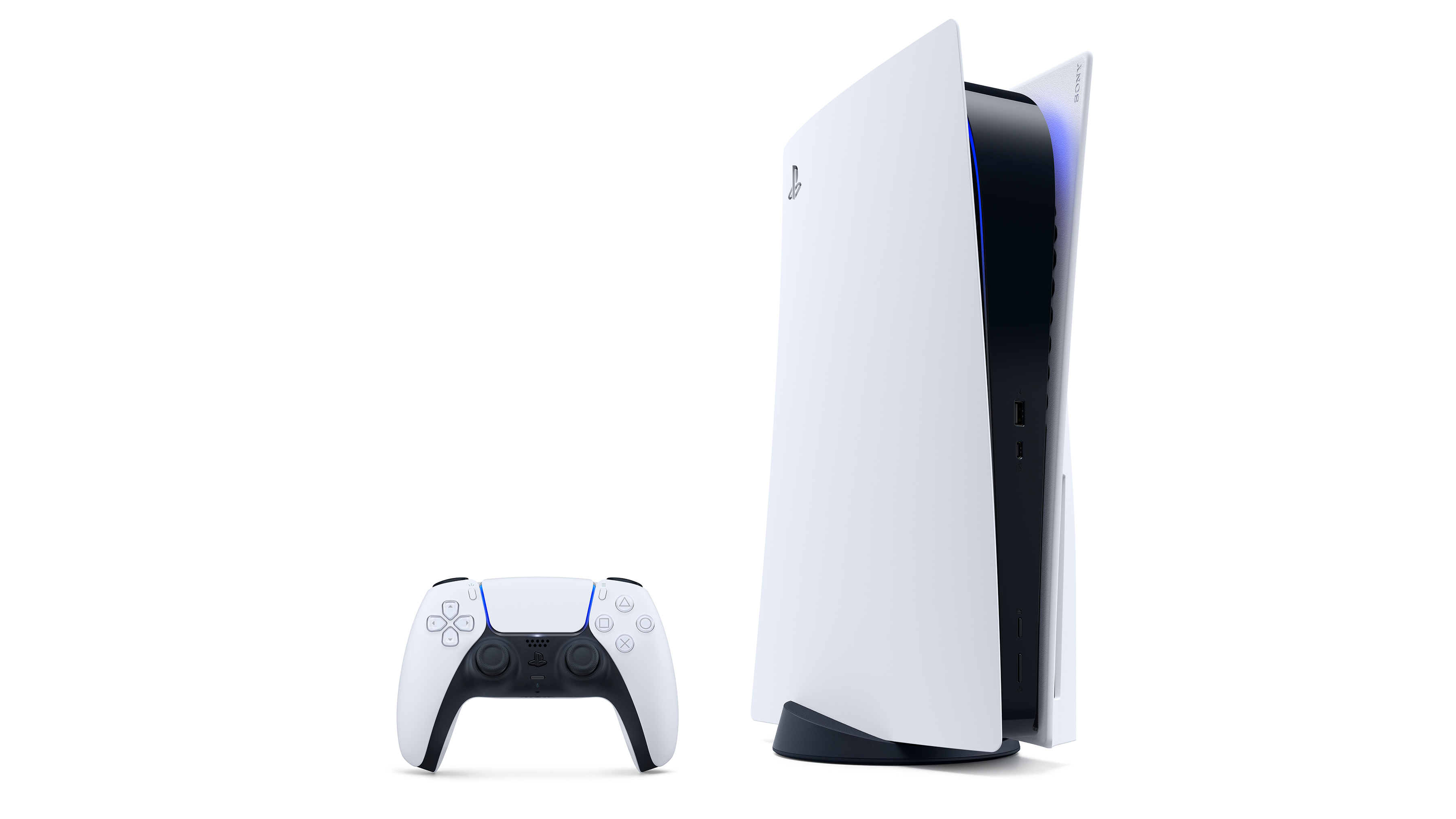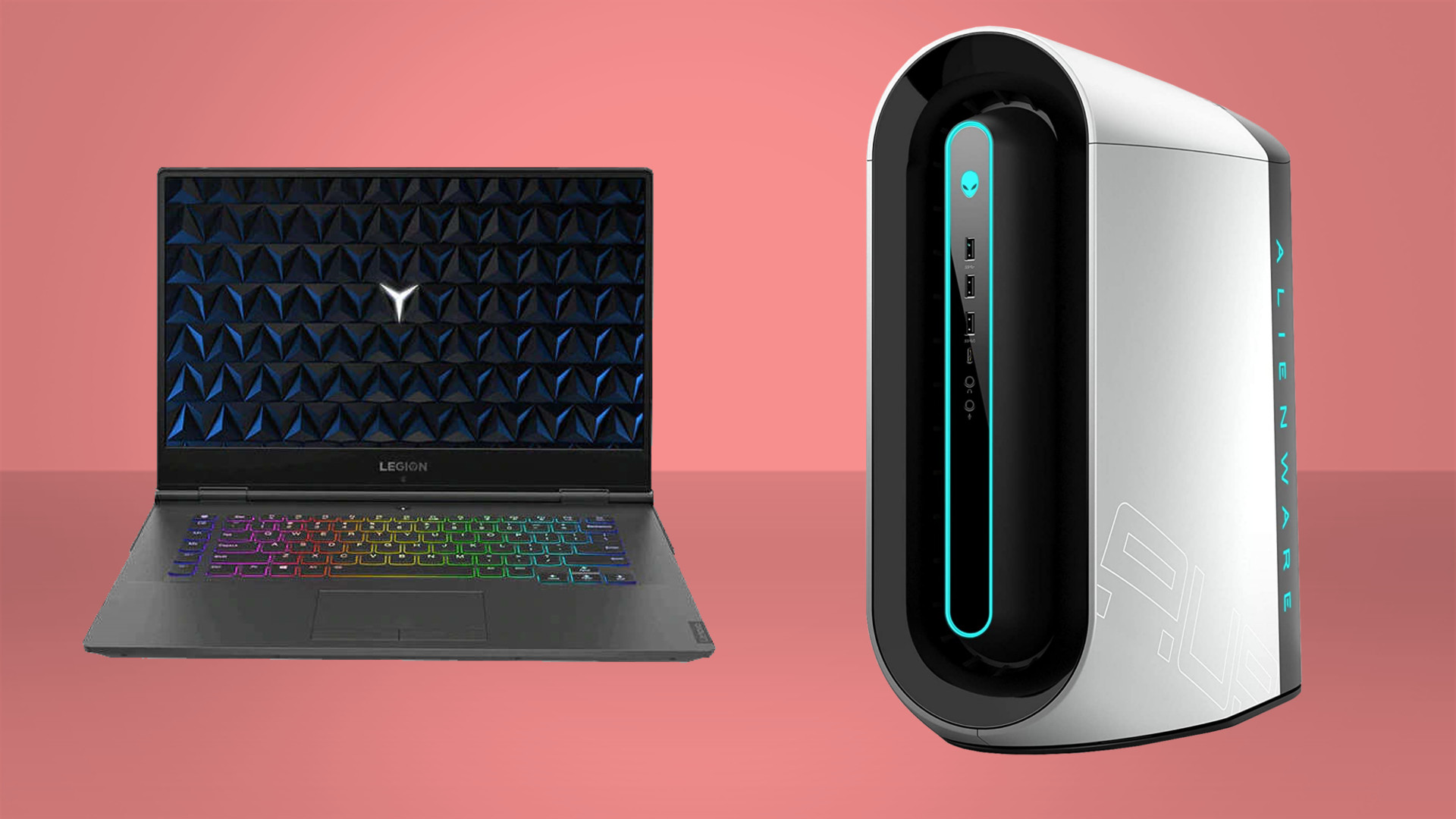Resellers have made millions off new GPUs, but the profits are trending downwards
It's the next-gen consoles that have the bleakest outlook.

Data engineering, Michael Driscoll, has analyzed how much money is being made on eBay by resellers (via Tom's Hardware) from the latest GPU, CPU, and console releases, and it makes for sobering reading. Driscoll has taken the completed sales from eBay and compared the price being paid against the MSRP to produced plenty of depressing graphs. He's also tracked this information over time, so we can see general trends, which actually brings some good news for PC users in that the price of these graphics cards on eBay is dropping off over time.
The data starts in mid-September for the RTX 3080 and RTX 3090, which initially saw the RTX 3080 reselling for over 220 percent of the MSRP—Driscoll has used the standard $699 retail price regardless of the model involved—that's an average of $1,500 over the initial period. The RTX 3090 meanwhile peaked at about 180 percent of its MSRP, or $2,700.
These have both dropped from this high though, and now you're looking at a 180 percent markup for the RTX 3080 ($1,250) and 140 percent for the RTX 3090 ($2,099). Still far too much, but not as bad. It's worth noting that there has been an increased demand most recently, possibly as people try to upgrade their machines for Cyberpunk 2077 before the end of the year.
The analysis of Zen 3 makes for slightly easier reading, with a lower markup from the off, and a more consistent downward trend, apart from the Ryzen 5 5600X, which seems to be maintaining its value the most. The numbers involved in CPU sales appear much smaller than the next-gen graphics cards though, which may be a factor.
It's the next-gen consoles that tell the bleakest story though, with both the Xbox Series X and Xbox Series S showing an upward trend in pricing, while the PS5 Digital edition sees the biggest markup of all. If you want a next-gen console right now, you're going to have to pay more than double its MSRP.

This problem won't correct itself until supply starts to meet demand, but in the meantime, at least as far as the graphics cards and CPUs are concerned, it means that the resellers won't be making quite so much money. It could also mean that they could be left with stock that they can't shift, although according to his analysis, Driscoll believes resellers have done well out of the situation, having snagged $39 million in profits from $82 million in sales across all the GPUs, CPUs and consoles. That's a seriously impressive markup.

Best gaming PC: the top pre-built machines from the pros
Best gaming laptop: perfect notebooks for mobile gaming
There's money to be made, and as long as people are willing to pay over the odds for the latest kit, then resellers will jump in on the action. One option would be to stop them from buying all the stock in the first place, at least in bulk—something that some retailers are trying to implement.
The biggest gaming news, reviews and hardware deals
Keep up to date with the most important stories and the best deals, as picked by the PC Gamer team.
When will we see more cards hit retail? There's a constant flow from what we've seen, although with pre-orders soaking up most of these it'll be a while before we see them back on the virtual shelves in any meaningful quantity. We don't expect that to happen until February at the earliest, but obviously, we're still monitoring the situation.
Alan has been writing about PC tech since before 3D graphics cards existed, and still vividly recalls having to fight with MS-DOS just to get games to load. He fondly remembers the killer combo of a Matrox Millenium and 3dfx Voodoo, and seeing Lara Croft in 3D for the first time. He's very glad hardware has advanced as much as it has though, and is particularly happy when putting the latest M.2 NVMe SSDs, AMD processors, and laptops through their paces. He has a long-lasting Magic: The Gathering obsession but limits this to MTG Arena these days.


